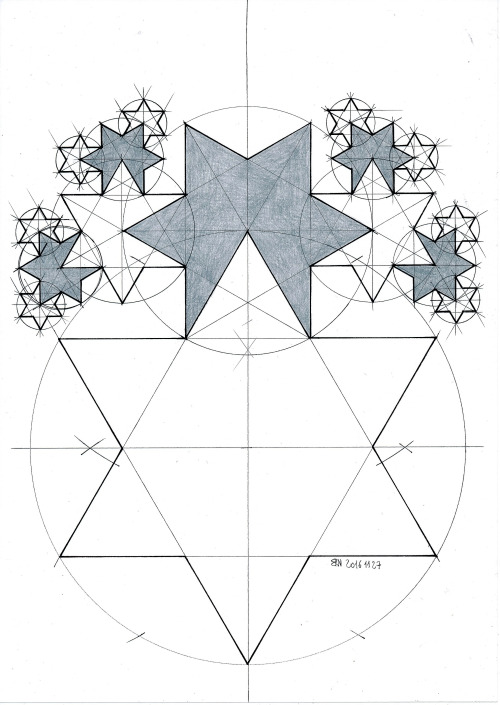
Given a set X = {a,b,c,..} such as the natural numbers N = {0,1,…,p,…}, there is a standard procedure that amounts to regard X as a category with only identity morphisms. This is the discrete functor that takes X to the category denoted by Disc(X) where the hom-sets are given by Hom(a,b) = ∅ if a ≠ b, and Hom(a,b) = {Ida} = 1 if a = b. Disc(X) is in fact a groupoid.
But in category theory, there is also a procedure called opposite or dual, that takes a general category C to its opposite Cop. Let us call Cop the reflection of C by the mirror functor (−)op.
Now the problem is that if we restrict this procedure to categories such as Disc(X), there is no way to distinguish Disc(X) from Disc(X)op. And this is what we mean by sets don’t show symmetries. In the program of Voevodsky, we can interpret this by saying that:
The identity type is not good for sets, instead we should use the Equivalence type. But to get this, we need to move to from sets to Kan complexes i.e., ∞-groupoids.
The notion of a Kan complex is an abstraction of the combinatorial structure found in the singular simplicial complex of a topological space. There the existence of retractions of any geometric simplex to any of its horns – simplices missing one face and their interior – means that all horns in the singular complex can be filled with genuine simplices, the Kan filler condition.
At the same time, the notion of a Kan complex is an abstraction of the structure found in the nerve of a groupoid, the Duskin nerve of a 2-groupoid and generally the nerves of n-groupoids ∀ n ≤ ∞ n. In other words, Kan complexes constitute a geometric model for ∞-groupoids/homotopy types which is based on the shape given by the simplex category. Thus Kan complexes serve to support homotopy theory.
So far we’ve used set theory with this lack of symmetries, as foundations for mathematics. Grothendieck has seen this when he moved from sheaves of sets, to sheaves of groupoid (stacks), because he wanted to allow objects to have symmetries (automorphisms). If we look at the Giraud-Grothendieck picture on nonabelian cohomology, then what happens is an extension of coefficients U : Set ֒→ Cat. We should consider first the comma category Cat ↓ U, whose objects are functors C → Disc(X). And then we should consider the full subcategory consisting of functors C →∼ Disc(X) that are equivalences of categories. This will force C to be a groupoid, that looks like a set. And we call such C →∼ Disc(X) a Quillen-Segal U-object.
This category of Quillen-Segal objects should be called the category of sets with symmetries. Following Grothendieck’s point of view, we’ve denoted by CatU[Set] the comma category, and think of it as categories with coefficients or coordinates in sets. This terminology is justified by the fact that the functor U : Set ֒→ Cat is a morphism of (higher) topos, that defines a geometric point in Cat. The category of set with symmetries is like the homotopy neighborhood of this point, similar to a one-point going to a disc or any contractible object. The advantage of the Quillen-Segal formalism is the presence of a Quillen model structure on CatU[Set] such that the fibrant objects are Quillen-Segal objects.
In standard terminology this means that if we embed a set X in Cat as Disc(X), and take an ‘projective resolution’ of it, then we get an equivalence of groupoids P →∼ Disc(X), and P has symmetries. Concretely what happens is just a factorization of the identity (type) Id : Disc(X) → Disc(X) as a cofibration followed by a trivial fibration:
Disc(X) ֒→ P →∼ Disc(X)
This process of embedding Set ֒→ QS{CatU[Set]} is a minimal homotopy enhancement. The idea is that there is no good notion of homotopy (weak equivalence) in Set, but there are at least two notions in Cat: equivalences of categories and the equivalences of classifying spaces. This last class of weak equivalences is what happens with mirror phenomenons. The mirror of a manifold should be the opposite of its fundamental Poincaré ∞-groupoid.
